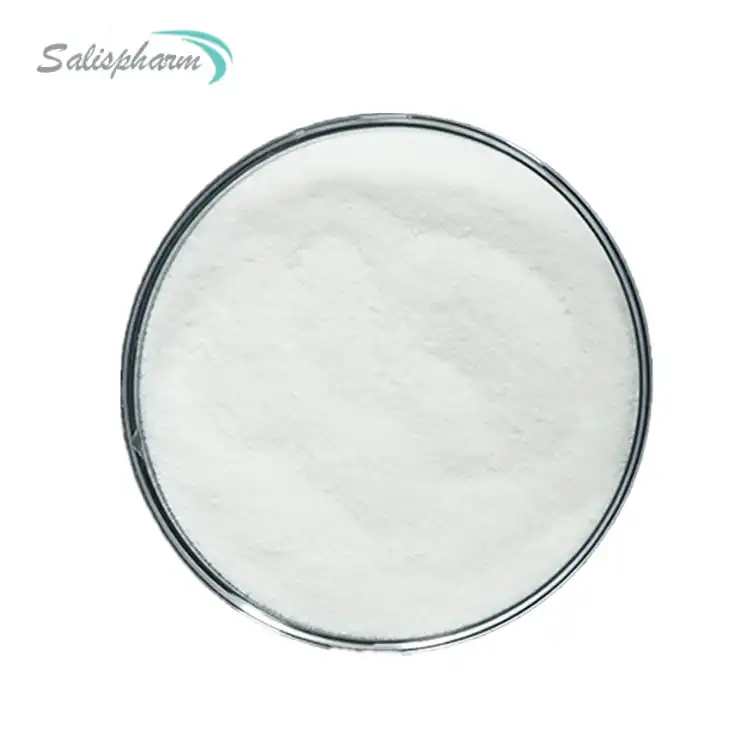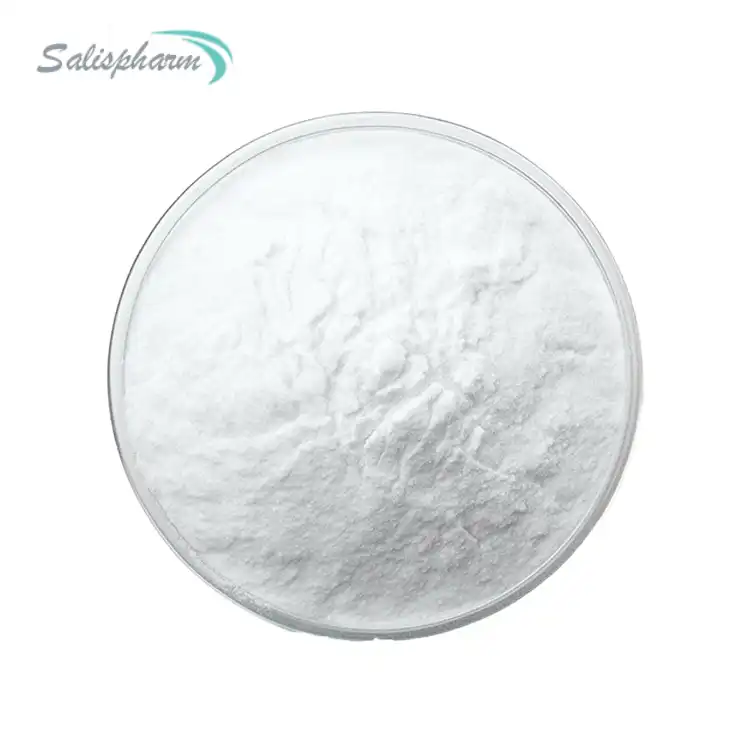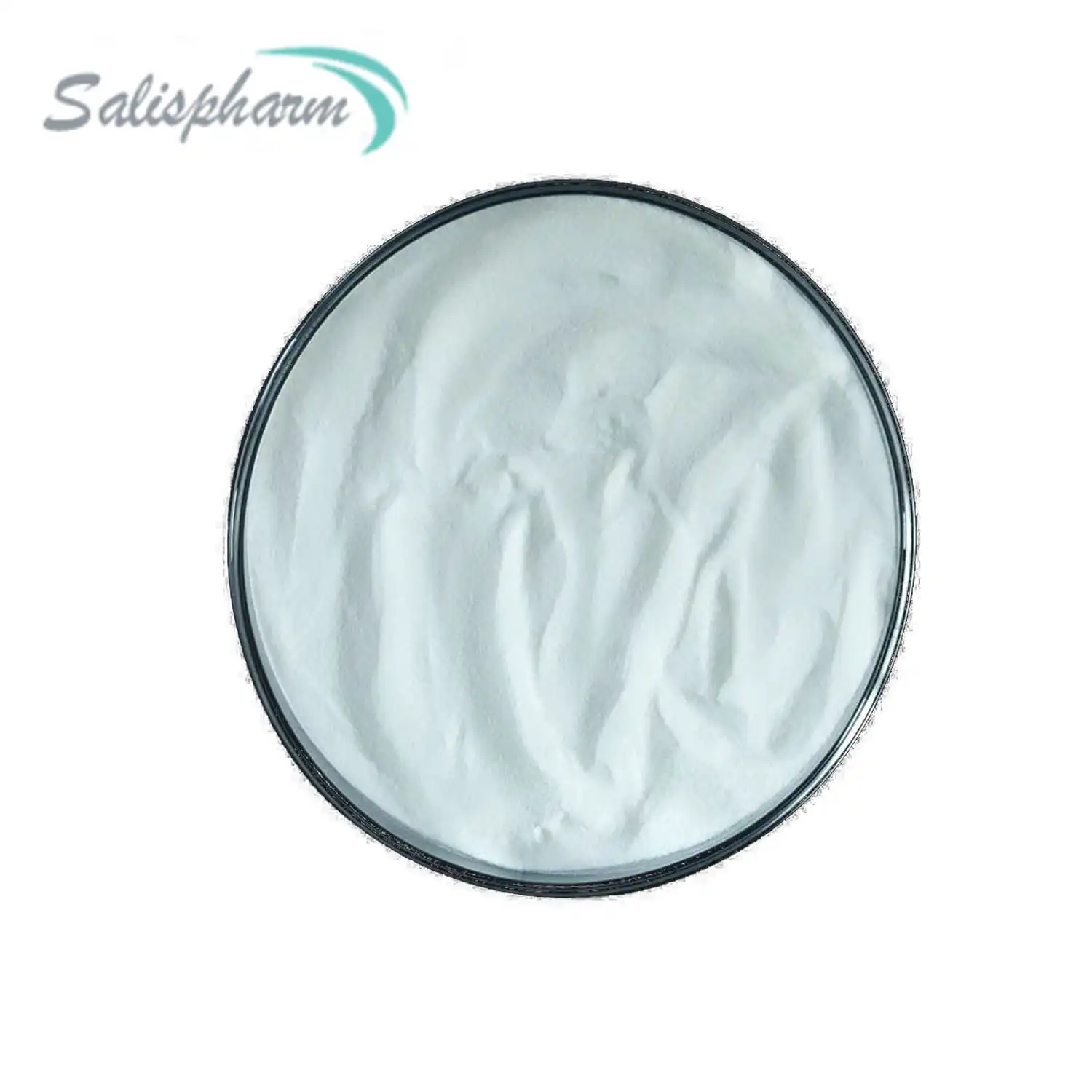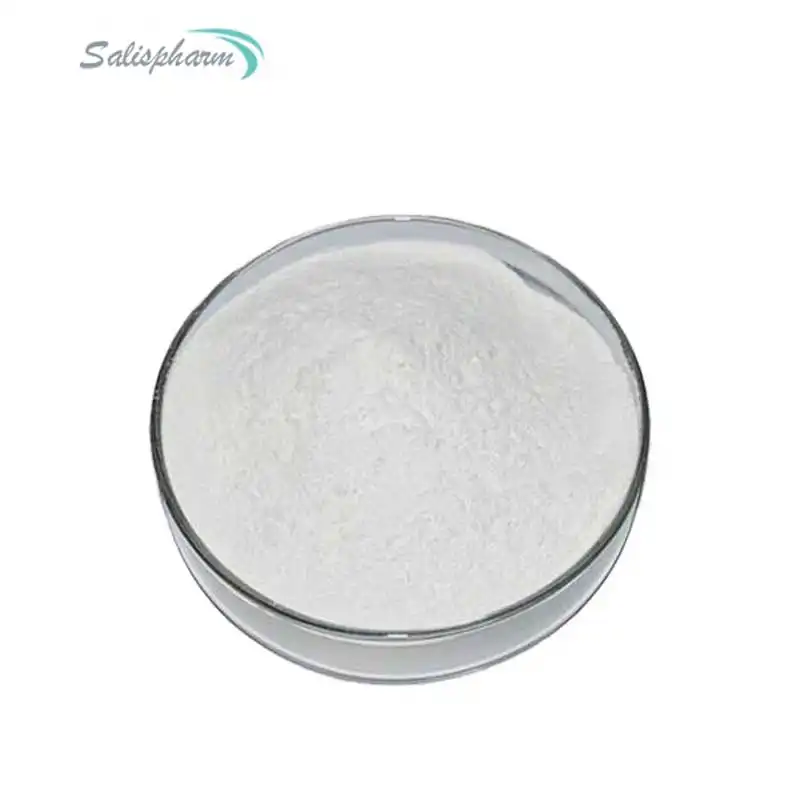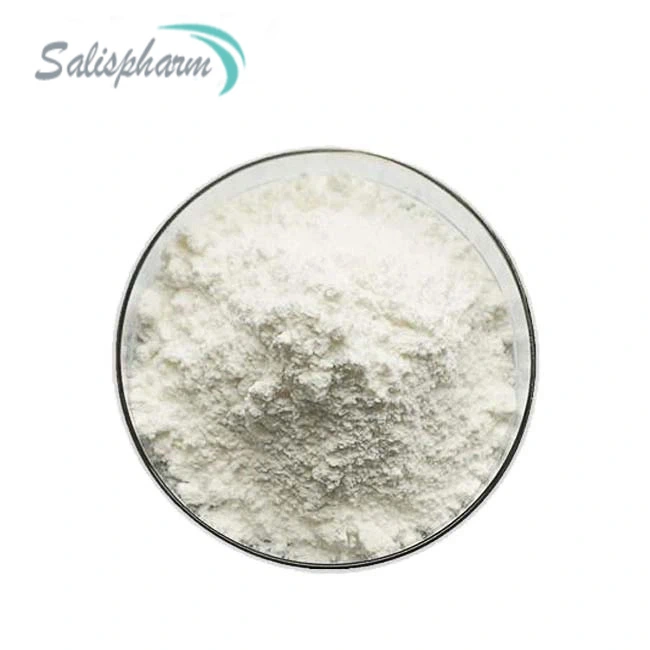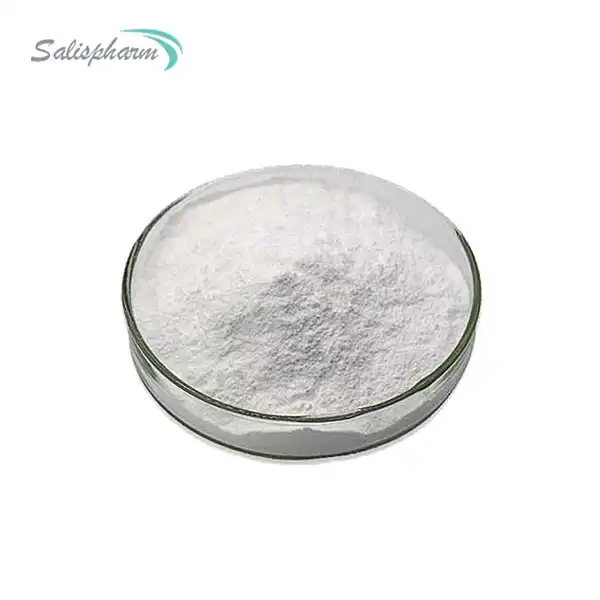Amoxicillin is a commonly prescribed antibiotic used to treat various bacterial infections. While it is typically taken orally or intravenously, some individuals wonder if it is safe to apply amoxicillin powder directly to open wounds. This practice raises concerns about potential risks and the effectiveness of such an application. In this comprehensive guide, we will explore the nature of amoxicillin powder, its potential use on open wounds, alternative treatments, and the importance of proper wound care.
What Is Amoxicillin Powder and How Does It Work?
Amoxicillin powder is a form of the antibiotic amoxicillin that can be used for various medical purposes. It belongs to the penicillin family of antibiotics and is effective against a wide range of bacteria, including Streptococcus pneumoniae, Haemophilus influenzae, and certain strains of Staphylococcus and Escherichia coli.
Amoxicillin works by interfering with the formation of bacterial cell walls, ultimately leading to the death of the bacteria. Specifically, it inhibits the enzyme transpeptidase, which is involved in the cross-linking of peptidoglycan, a crucial component of the bacterial cell wall. Without a functional cell wall, the bacteria become susceptible to osmotic pressure and eventually rupture, leading to their death.
In its powder form, amoxicillin can be reconstituted with sterile water or other appropriate diluents to create liquid solutions or suspensions for oral or intravenous administration. The powder form allows for precise dosing and enables healthcare professionals to adjust the concentration and volume of the antibiotic based on the patient's needs and the severity of the infection.
While amoxicillin powder is primarily intended for oral or intravenous use, some individuals have considered applying it directly to open wounds. However, it is crucial to understand that amoxicillin powder is not designed or approved for topical application on open wounds, and its effectiveness and safety in such scenarios are questionable.

Is It Safe to Put Amoxicillin Powder on Open Wounds?
The use of amoxicillin powder on open wounds is generally not recommended by healthcare professionals and can potentially cause harm. Here are some detailed reasons why applying amoxicillin powder directly to open wounds is discouraged:
1. Lack of Appropriate Formulation: Amoxicillin powder is not formulated for topical application. It lacks the necessary inactive ingredients and delivery systems that allow the active ingredient to be effectively absorbed and distributed at the wound site. Topical formulations often include penetration enhancers, emollients, and other excipients that facilitate the delivery of the active ingredient to the target area.
2. Risk of Infection: Open wounds are susceptible to bacterial contamination, and applying an inappropriate substance can introduce additional microorganisms or irritants, increasing the risk of infection or delaying wound healing. Amoxicillin powder itself may contain trace amounts of contaminants that could further complicate the wound healing process.
3. Potential for Allergic Reactions: Some individuals may be allergic to amoxicillin or other components of the powder formulation, such as fillers or binders. Applying it directly to an open wound can lead to severe allergic reactions, including skin rashes, swelling, or anaphylaxis, which is a life-threatening allergic reaction characterized by difficulty breathing, low blood pressure, and potential shock.
4. Ineffective Absorption: The absorption of amoxicillin through open wounds is likely to be minimal, rendering the treatment ineffective and potentially leading to the development of antibiotic resistance. Antibiotics are most effective when they can reach therapeutic levels in the bloodstream or target tissues, which is unlikely to occur with a topical application of amoxicillin powder.
5. Interference with Wound Healing: Foreign substances, including antibiotics, can interfere with the natural wound healing process by disrupting the formation of new tissue or causing inflammation. Wound healing is a complex process involving multiple stages, including inflammation, proliferation, and remodeling. Introducing substances not specifically designed for wound care can potentially disrupt this delicate process.
6. Potential for Systemic Absorption and Side Effects: While absorption through open wounds is generally low, there is a possibility of systemic absorption of amoxicillin powder, which could lead to potential side effects associated with oral or intravenous administration. These side effects may include nausea, vomiting, diarrhea, rash, and, in rare cases, more severe reactions such as Clostridium difficile-associated diarrhea or anaphylaxis.
Instead of applying amoxicillin powder directly to open wounds, it is strongly recommended to follow proper wound care protocols and seek medical advice from a healthcare professional. Appropriate wound dressings, cleansing solutions, and, if necessary, prescribed topical or systemic antibiotics should be used under medical supervision.
Alternatives to Using Amoxicillin Powder on Open Wounds
Instead of attempting to apply amoxicillin powder directly to open wounds, there are safer and more effective alternatives recommended by healthcare professionals:
1. Proper Wound Cleaning: Cleaning the wound thoroughly with sterile saline or mild soap and water is essential to remove debris, bacteria, and other contaminants that can hinder healing and promote infection. Healthcare professionals may also use specialized wound cleansers or antiseptic solutions, depending on the type and severity of the wound.
2. Topical Antibiotic Ointments: If a healthcare professional deems it necessary, topical antibiotic ointments or creams specifically formulated for wound care may be prescribed. These products are designed to deliver the active ingredients effectively and safely to the wound site, ensuring better absorption and distribution. Examples include mupirocin, bacitracin, and neomycin-containing ointments.
3. Oral or Intravenous Antibiotics: In cases of severe or infected wounds, a healthcare professional may prescribe oral or intravenous antibiotics, such as amoxicillin or other appropriate antibiotics, to treat the underlying infection systemically. Systemic antibiotics can reach therapeutic levels in the bloodstream and target the bacteria causing the infection.
4. Wound Dressings: Appropriate wound dressings play a crucial role in wound healing. Various types of dressings may be used, depending on the wound characteristics and stage of healing:
- Hydrocolloid dressings: These dressings promote a moist wound environment and absorb exudate, facilitating autolytic debridement and healing.
- Hydrogel dressings: These provide moisture and cooling relief for painful wounds while promoting autolytic debridement.
- Alginate dressings: Made from seaweed, these dressings are highly absorbent and suitable for moderately to heavily exuding wounds.
- Foam dressings: These dressings provide insulation and absorption while allowing for air circulation.
- Antimicrobial dressings: These dressings contain agents that help control bacterial growth and prevent infection.
5. Advanced Wound Care Treatments: Depending on the severity and type of wound, healthcare professionals may recommend advanced treatments such as:
- Negative pressure wound therapy (NPWT): This technique uses a vacuum dressing to promote wound healing by removing excess fluid, increasing blood flow, and promoting the formation of granulation tissue.
- Hyperbaric oxygen therapy (HBOT): This treatment involves exposing the patient to 100% oxygen at increased atmospheric pressure, which can enhance wound healing by increasing oxygen delivery to the wound site.
- Skin grafting: For severe or non-healing wounds, skin grafting may be necessary to promote healing and coverage of the wound area.
- Growth factors and skin substitutes: Certain biological therapies, such as growth factors or engineered skin substitutes, can be used to promote wound healing in certain cases.
6. Proper Wound Monitoring and Follow-up: Regular monitoring and follow-up with a healthcare professional are essential to ensure proper wound healing and to address any complications or setbacks promptly. Healthcare professionals may need to adjust the treatment plan based on the wound's progress and the patient's overall health condition.
It is crucial to consult with a healthcare professional for proper wound assessment and treatment. Self-medication or improper application of substances like amoxicillin powder can potentially worsen the condition, delay healing, and increase the risk of complications such as infection or antibiotic resistance.
If you are also interested in this product and want to know more product details, or want to know about other related products, please feel free to contact iceyqiang@gmail.com.
References:
1. Amoxicillin Powder for Oral Solution (FDA Prescribing Information)
2. Wound Care Essentials: Practice Principles (Lippincott Williams & Wilkins)
3. Principles and Practice of Wound Care (Wound Care Associates)
4. Topical Antibiotic Therapy for Wound Healing (Current Pharmaceutical Design)
5. The Role of Antibiotics in Wound Healing (International Wound Journal)
6. Wound Care: A Collaborative Practice Manual for Health Professionals (Lippincott Williams & Wilkins)
7. Antibiotics for Preventing Infection in Acute Wounds (Cochrane Database of Systematic Reviews)
8. Wound Management: A Comprehensive Guide for Nurses (Mosby)
9. Wound Healing and Ulcers of the Skin (Springer Science+Business Media)
10. Wound Care: A Collaborative Practice Manual for Physical Therapists and Nurses (Lippincott Williams & Wilkins)

